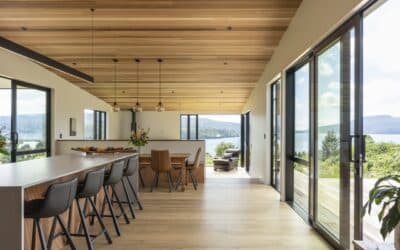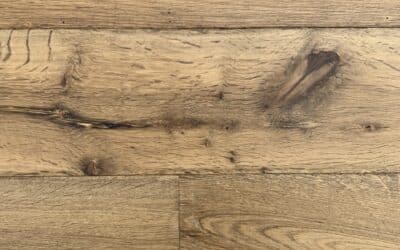Wood finish options available are Natural oil, UV oil, or lacquer (polyurethane).
NATURAL OIL FINISH
Natural oil finishes do not leave a film on the surface of the wood like polyurethane, instead the special 100% natural oils seep into the wood layer and harden, creating an incredibly beautiful and durable surface, leaving the wood pores open so you can enjoy the natural wood surface as nature intended. If you maintain the floor well you may never need to sand and refinish the entire surface of a Natural oiled floor, as scratches can easily be spot-repaired by the home owner – simply sand the scratch and apply more oil (this can only be done if the correct oil colour is available for touch-up’s).
Natural oiled floors develop a beautiful patina and character over time and often become even more attractive as they age.
It’s important to note that these finishes can age with ‘character’; this will depend on wear and tear – for example certain foodstuffs or liquids may leave a discolouration. Cleaning up spills immediately can help immensely. New generation finishes can often be applied as a top coat, to add a higher level of protection against potential staining.
Natural oiled wood feels wonderful to walk on with bare feet, and the open pored surface is warm to the touch and slip resistant. The open pored surface allows the wood to breathe, regulating moisture in the air, for a healthier home environment. Natural oiled floors have a great resistance to wear and are also suitable for commercial purposes.
Residential care: Mop every 2-3 weeks with Admonter or Ciranova Soap. Do not use any other cleaning product on oiled wood floors! Apply Admonter maintenance oil every 12-36 months, or Ciranova Maintenance Oil every 12 months depending on wear. View full care instructions on the product listing.
UV OIL FINISH
The oil finish is dried during production under UV lamps, making the wood surface very durable and easy to care for. UV oiled floors are a great compromise between natural oiled and polyurethane finishes – they give a similar appearance to a natural oiled finish, but are a bit more forgiving than natural oiled finishes if mistreated through a lack of maintenance. UV oiled floors tend to be more resistant to staining compared to natural oil finishes.
UV oiled floors are cared for in a similar manner to Natural Oiled wood floors.
Residential care: Mop every 2-3 weeks with Admonter or Ciranova Soap. Do not use any other cleaning product on oiled wood floors! Apply Ciranova Maintenance Oil every 12-24 months depending on wear. View full care instructions on the product listing.
LACQUER / POLYURETHANE FINISH
Acrylic matt lacquer (polyurethane) entirely seals the pores of the wood, providing excellent wear and chemical resistance. This acrylic lacquering is elastic and absolutely uncomplicated in care. An additional “anti-scratch” coating makes the floor extremely durable and resistant.
Lacquers have become very natural looking in recent times – ask us about Supermatt lacquer or Pureline lacquer.
Lacquer finishes will eventually require refurbishment, involving a full sanding and several coats of new lacquer.
Residential care: Use Admonter Clean and Care or BONA wood floor cleaner, apply by mop every 2-3 weeks. Vacuum or sweep in between times.


